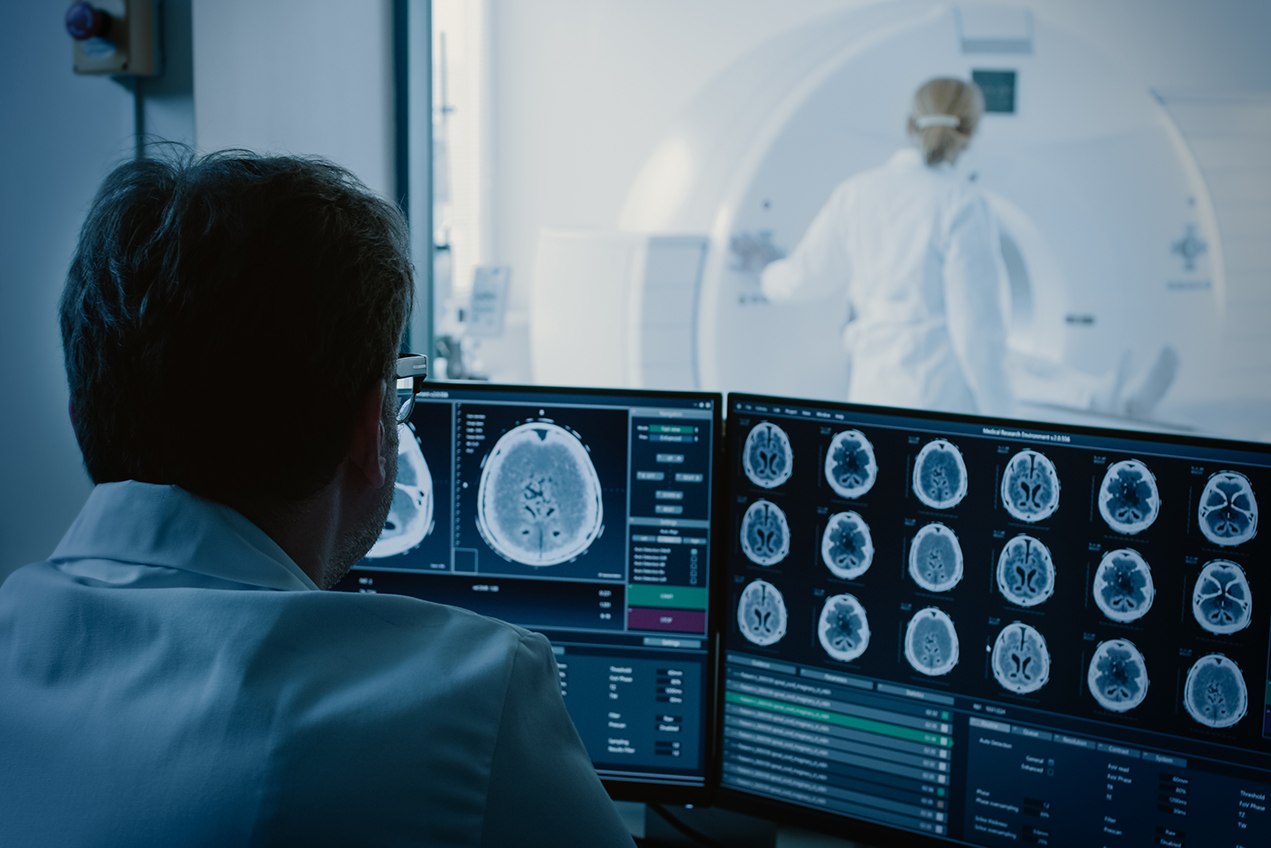The gold standard in functional brain imaging for over two decades, functional magnetic resonance imaging (fMRI) has transformed the landscape of research and clinical care. Yet, because of its cost and functional limitations, scientists have continued to look for new ways to see into the human brain.
Researchers from the Keck School of Medicine of USC and the California Institute of Technology (Caltech), with the help of patients recovering from traumatic brain injury, have now demonstrated an alternative way to produce highly detailed images of the human brain. Their work, published in Nature Biomedical Engineering, yielded the first pictures of human brain function ever produced using functional photoacoustic computerized tomography (fPACT) — a landmark in the history of functional brain imaging.
To continue reading this story, click here.


